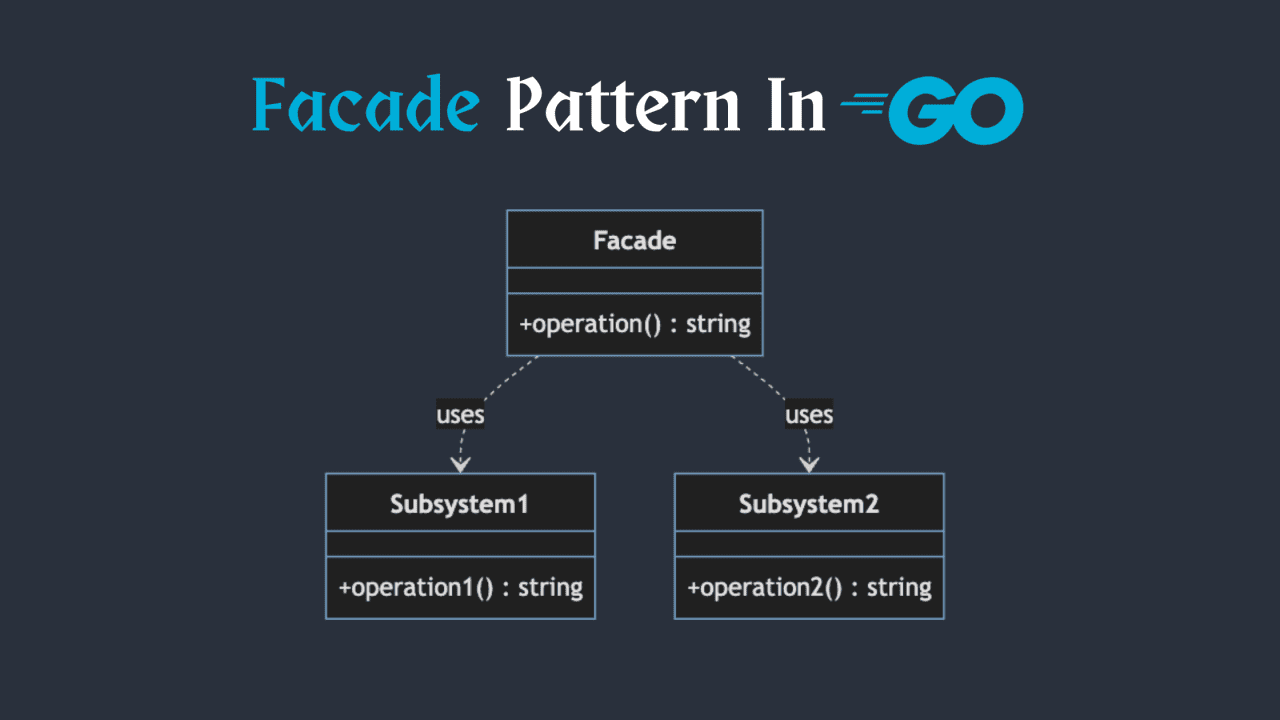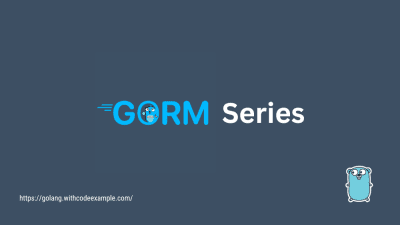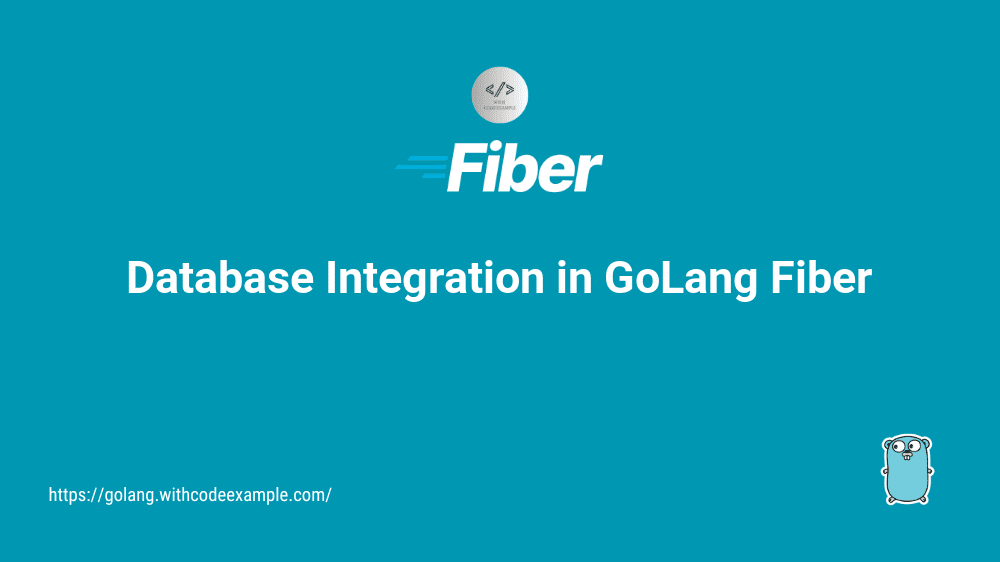Mastering Golang Anonymous Functions
- With Code Example
- August 20, 2023
A Comprehensive Guide to Understanding and Using Anonymous Functions in Golang
Golang, known for its simplicity and efficiency, empowers developers with various programming paradigms. One such feature that enhances code modularity and flexibility is the anonymous function. In this formal blog post, we will embark on a journey to explore the depths of Golang anonymous functions. Through real-world examples and active voice, we will unravel their applications, benefits, and how to wield them effectively in your codebase.

Understanding Anonymous Functions in Golang
Anonymous functions, also referred to as lambda functions or closures, are functions without explicit names. They provide a powerful way to define and use functions on the fly. Let’s delve into the fundamentals of anonymous functions and their significance in Golang programming.
Creating Anonymous Functions
Creating anonymous functions in Golang is straightforward and intuitive. We’ll explore the syntax and different ways to declare and use anonymous functions within your code. By the end of this example, you’ll have a clear understanding of how to create and invoke these dynamic code blocks.
package main
import "fmt"
func main() {
// Creating and invoking an anonymous function
result := func(a, b int) int {
return a + b
}(3, 5)
fmt.Println("Result:", result) // Output: Result: 8
}
Capturing Variables in Anonymous Functions
Anonymous functions can capture variables from their surrounding scope, making them a versatile tool for encapsulating behavior. We’ll walk through capturing variables by reference and by value, highlighting the importance of closures and their applications in Golang programming.
package main
import "fmt"
func main() {
x := 10
// Anonymous function capturing variable by reference
increment := func() {
x++
}
increment()
fmt.Println("Incremented x:", x) // Output: Incremented x: 11
}
Anonymous Functions in Higher-Order Functions
One of the most compelling use cases of anonymous functions is their integration with higher-order functions. We’ll explore how you can pass anonymous functions as arguments to other functions, enabling dynamic behavior and enhanced code reusability.
package main
import "fmt"
func applyOperation(operation func(int, int) int, a, b int) int {
return operation(a, b)
}
func main() {
// Using anonymous function as an argument
result := applyOperation(func(x, y int) int {
return x * y
}, 3, 5)
fmt.Println("Result:", result) // Output: Result: 15
}
Practical Examples of Anonymous Functions
Let’s dive into real-world scenarios where anonymous functions shine. From sorting slices to implementing custom filters and mappers, we’ll guide you through hands-on examples that showcase the versatility and power of anonymous functions in Golang.
package main
import (
"fmt"
"sort"
)
func main() {
numbers := []int{5, 2, 8, 1, 3}
// Sorting the slice using an anonymous function
sort.Slice(numbers, func(i, j int) bool {
return numbers[i] < numbers[j]
})
fmt.Println("Sorted numbers:", numbers) // Output: Sorted numbers: [1 2 3 5 8]
}
Benefits of Using Anonymous Functions
Benefits of Using Anonymous Functions in Golang
Anonymous functions bring a plethora of benefits to Golang programming. We’ll discuss how they enhance code readability, reduce code duplication, and enable cleaner and more concise code structures. By incorporating anonymous functions into your projects, you’ll unlock new dimensions of code organization and modularity.
Common Pitfalls and Best Practices
While anonymous functions offer great flexibility, they can also lead to potential pitfalls if not used judiciously. We’ll address common mistakes and share best practices to ensure that your anonymous functions contribute positively to your codebase’s maintainability and performance.
Conclusion
Congratulations! You’ve journeyed through the realm of Golang anonymous functions, gaining insights into their mechanics, applications, and benefits. Armed with practical knowledge and real-world examples, you’re now equipped to harness the power of unnamed code blocks in your Golang projects. Whether you’re enhancing code modularity, optimizing performance, or crafting elegant solutions, anonymous functions stand as an invaluable tool in your Golang toolkit.
Meta Description: Dive into the world of Golang anonymous functions! Learn how to wield the flexibility and power of unnamed code blocks through comprehensive examples and practical insights. Elevate your coding skills with this in-depth guide.





